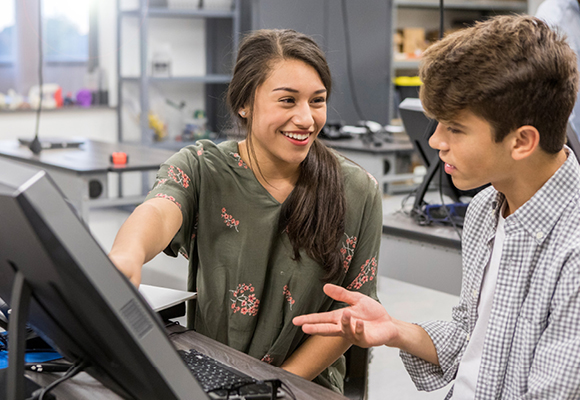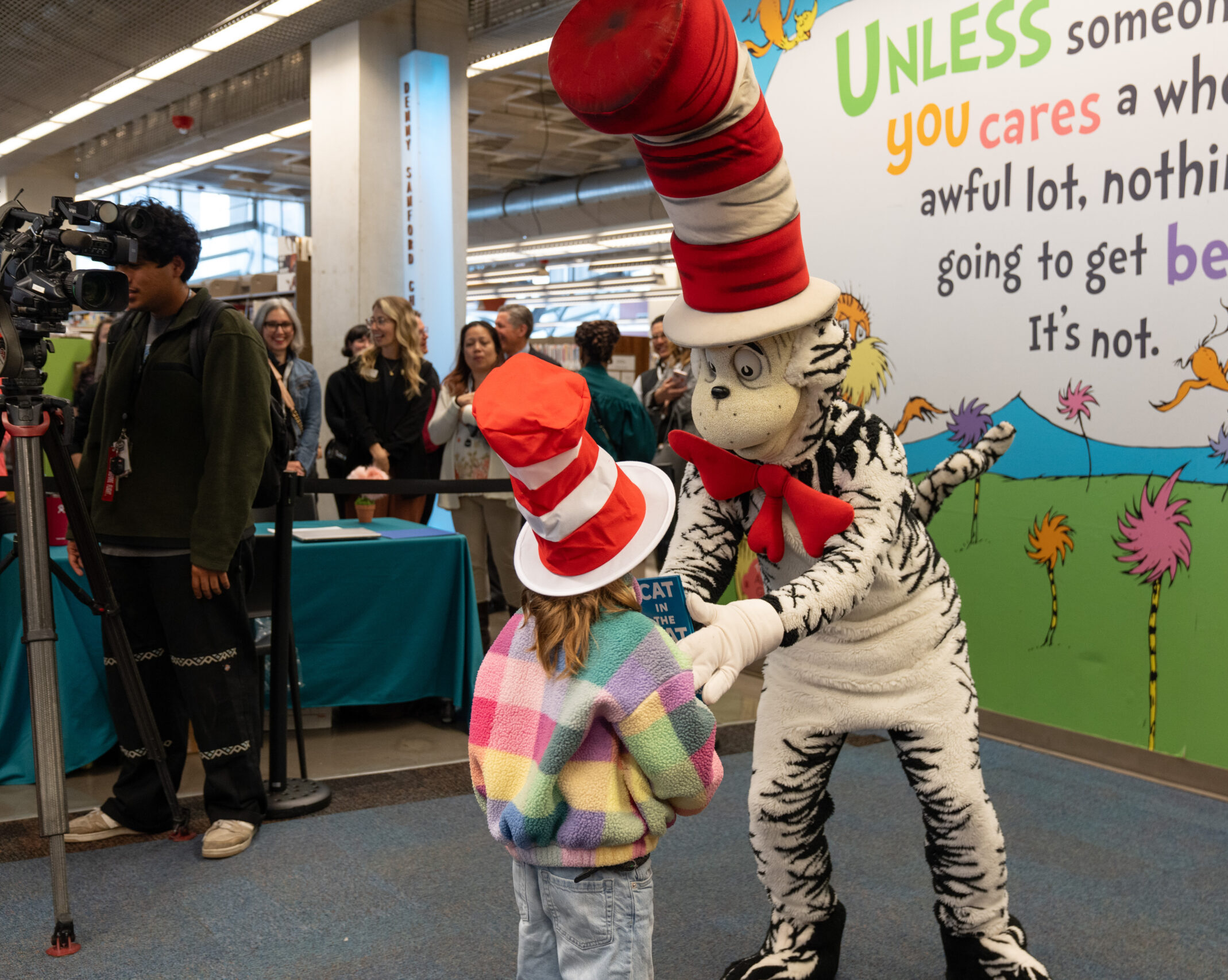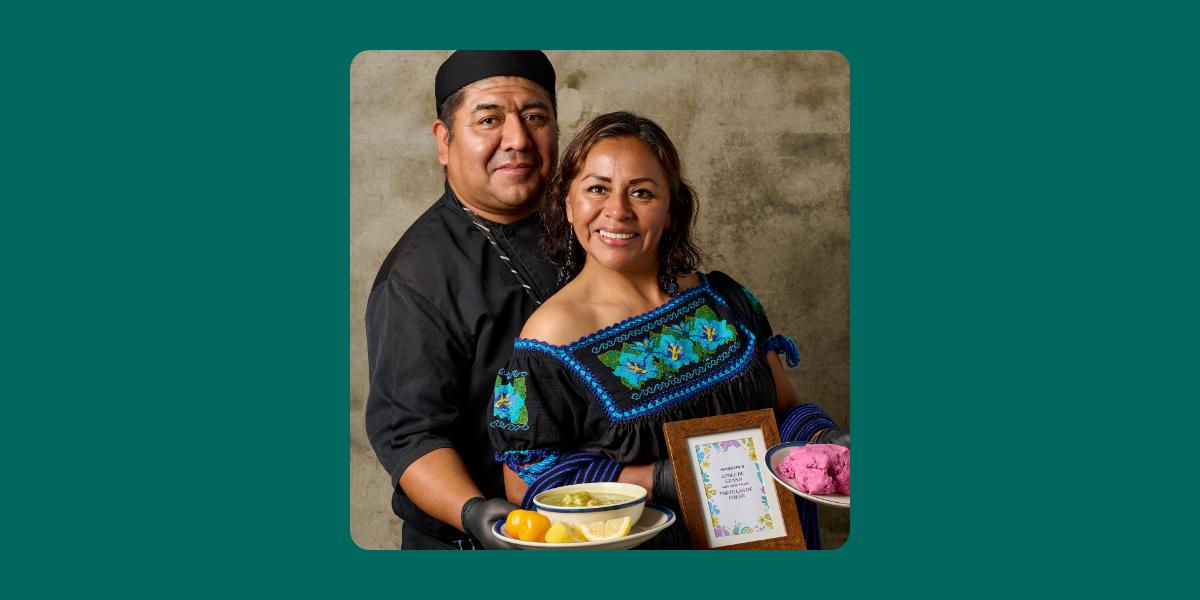A family’s financial situation should not be a roadblock for students interested in pursuing higher education. Research consistently shows that college graduates – especially first-generation students – can significantly increase their lifetime earnings and build generational wealth by obtaining an associate’s, bachelor’s or graduate degree.
Fortunately, there is financial aid assistance at the federal and state levels. One important application to be familiar with is the Free Application for Federal Student Aid, commonly known as the FAFSA.
How Does the FAFSA Work?
The FAFSA, the Free Application for Federal Student Aid form, is an application provided by the U.S. Department of Education to help students identify the amount and sources of financial aid needed to attend college.
The Department of Education recommends that before each year of college, students should apply for federal grants, work-study and loans with the FAFSA form. The FAFSA for the 2022 – 2023 academic year opened on Oct. 1, 2021.
Containing your personal data, the FAFSA form is used by colleges to determine your federal aid eligibility and your Expected Family Contribution. At many colleges and in many states, including California, FAFSA data is used to award aid.
Federal & State Financial Aid
Financial aid makes college or trade school affordable – but each type has different terms and conditions. Federal financial aid options include:
Grants: A grant is a form of financial aid that doesn’t have to be repaid as long as you remain enrolled in school.
Work-Study Jobs: Earn money to pay for school by working part-time at your college or university, thanks to the Federal Work-Study Program.
Loans: A student loan is borrowed money to attend a college or career school. You must repay the loan and any interest that accrues.
There are other federal financial aid opportunities available to students of different backgrounds and incomes that require separate applications including academic and athletic scholarships, military family aid and international education opportunities.
California residents also have access to several state-funded financial assistance options. The California Student Opportunity & Access Program (Cal-SOAP) has listed unique financial aid options specifically for under-resourced and at-promise students in California.
The San Diego Foundation Community Scholarship Program
With several of the country’s best colleges and universities, San Diego is a popular destination for those pursuing a higher education. Fortunately, prospective and current college and university students in the San Diego region have access to the San Diego Foundation Community Scholarship program.
An important resource for local students interested in scholarship opportunities, this program relies on the information a student provides in the FAFSA form to determine aid eligibility. To qualify for a San Diego Foundation Community Scholarship, students must submit a FAFSA or a California Dream Act Application (for students who qualify under Assembly Bill 540).
Thousands of students in the San Diego region have benefitted from this program. Since 1997, almost $40 million has been awarded to 10,000 students, making the Community Scholarship Program the largest private non-university scholarship provider in San Diego County.
Students who have received the San Diego Foundation Community Scholarship are helping to fuel San Diego’s economy by bringing needed skills and expertise into local businesses and corporations. The program is an example of how we foster equity of opportunity, a key pillar of the Strategic Plan.
Learn more about the San Diego Foundation Community Scholarship Program.




